DATA POINTS
1,000,000 Data Points
1,000,000 data points (ie measurements or sets of measurements) could be produced daily by the average farm as soon as 2025.
SOURCE: North Carolina State University
The Internet of Things
70 percent
70 percent increase in productivity expected in the agricultural sector by 2050 thanks to the IoT (i.e. sensors and other devices that produce data).
SOURCE: Beecham Research
Global Market gor smart Farming

The global smart farming market is expected to grow from US$9.58 billion in 2017 to US$ 23.14 billion by 2022.
SOURCE: Statista
JD Link
260,000 machines
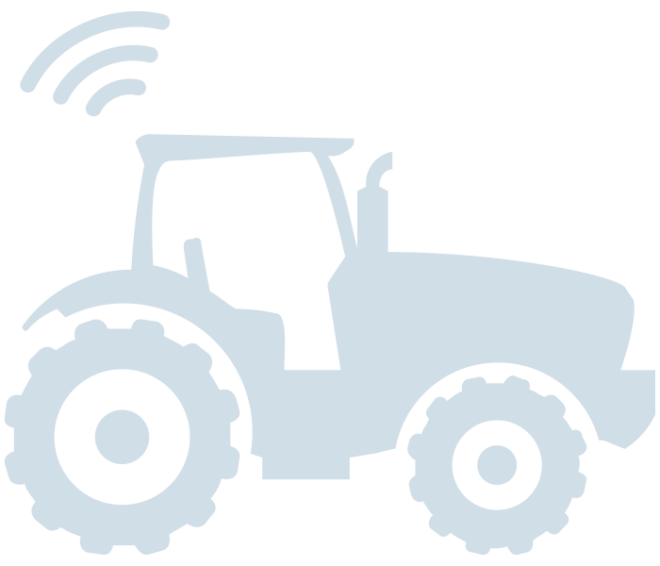
260,000 machines worldwide are currently equipped with JD Link.
How much Data?
A precious resource or just a flood of data? It will depend on the computational models that sort, analyse and turn data into recommendations for action.
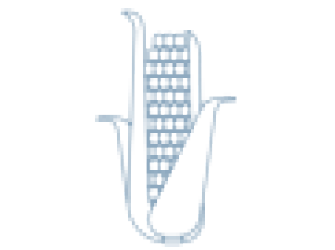 0,5 KB is the average storage requirement estimated by Dr Scott Shearer of Ohio State University for the data generated over one year for one maize plant.
0,5 KB is the average storage requirement estimated by Dr Scott Shearer of Ohio State University for the data generated over one year for one maize plant. 18,4 GB of data was recorded at the same university in 2017 for a single maize plant over the growing season. This corresponds to 28 MBper maize grain. On 40 ha, this corresponds to the storage capacity of 466,000 IPhones. This is a world record for agricultural data collection.
18,4 GB of data was recorded at the same university in 2017 for a single maize plant over the growing season. This corresponds to 28 MBper maize grain. On 40 ha, this corresponds to the storage capacity of 466,000 IPhones. This is a world record for agricultural data collection.MyJohnDeere accounts
160,000 accounts
were used worldwide in 2021.

Fast Broadband
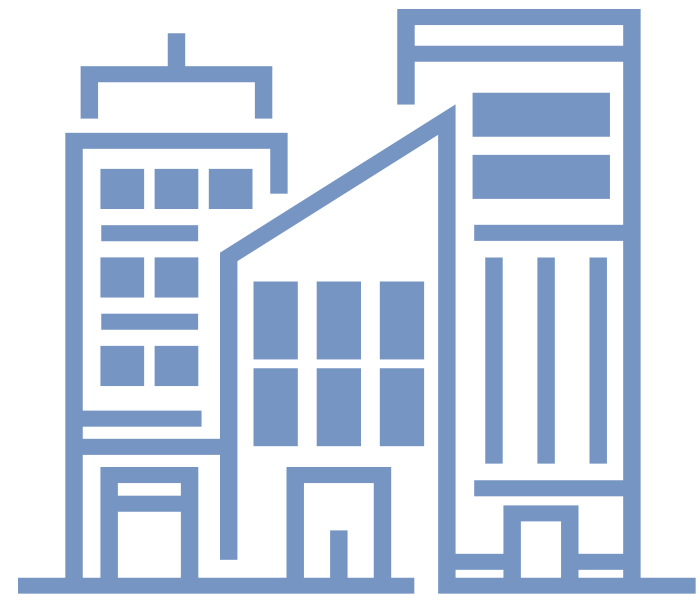 In urban areas of the EU, 86% of the population has access to fast broadband,
In urban areas of the EU, 86% of the population has access to fast broadband,
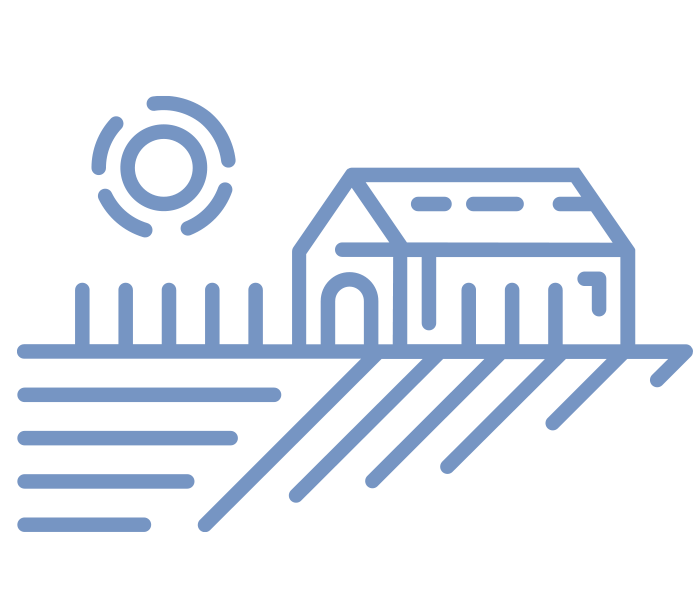 which in constrast is lacking in more than 40% of households in rural areas.
which in constrast is lacking in more than 40% of households in rural areas.AGRICULTURAL DRONES
10,000 drones
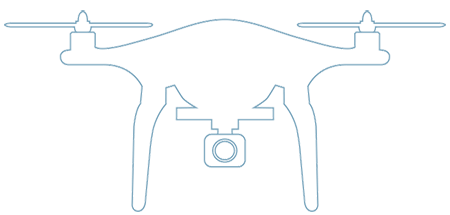
flew over France in 2017.
This was half the number of unmanned aerial vehicles deployed in the civil sector.
SOURCE: Terre-Net
Which Advances does Digital Farming bring?
Precision Agriculture

Perhaps the biggest gain from digitalisation. Targeted applications of fertilisers, pesticides and other inputs – and in the end more yield or less costs. The foundations for this are data, algorithms and automatically controlled machines.
Efficiency
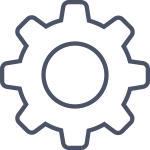
The machine itself is supplying more and more data – keyword Internet of Things, i.e. networked technology. This makes it possible to avoid or significantly shorten downtimes. In the future, digitalisation in combination with electrification of agricultural technology could bring even more advantages, such as finer monitoring of machine functions.
Logistics

Fleet management, harvest logistics or the transport of perishable products are still challenges for agricultural production. Digital platforms and apps optimise logistical planning. Especially for contractors, it is an important tool. Not only is money saved, but greenhouse gas emissions are avoided.
Collaboration
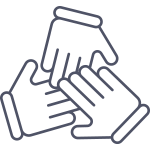
Having the tractor checked remotely by a technician or quickly sending a picture of a leaf disease to an advisor – twenty years ago it would have been unthinkable. Producers, service providers, cooperatives, trade… digitalisation will bring the players in the green sector closer together in the future.
Documentation

The buyer must make sure that the management complies with the specifications. The authorities need to be able to track the use of inputs. What used to mean a lot of paperwork or time-consuming spreadsheet management is now increasingly archived automatically so that information can be quickly downloaded and shared.
Analysis

The superordinate level. Collected data cannot only be utilised within a farm. In an anonymised form – where data protection is the highest priority – they will help improve the computational models that make precision agriculture possible.
Customer Survey 2020
Results of a 2020 customer survey on precision ag
of the participants used GPS-guided section control on their field sprayer.
of respondents in the UK used automatic steering systems. Of these, 35% used RTK precision.1
of respondents used farm management software in 2020 in Germany.2
of farmers used fertiliser maps for NPK applications; in 2012, the number was 21%.
SOURCE: John Deere. Customers from Germany, France, Spain, United Kingdom, In total 558 respondents. 1: Out of a Total of 268 respondents. 2: Out of 201 Respondents


